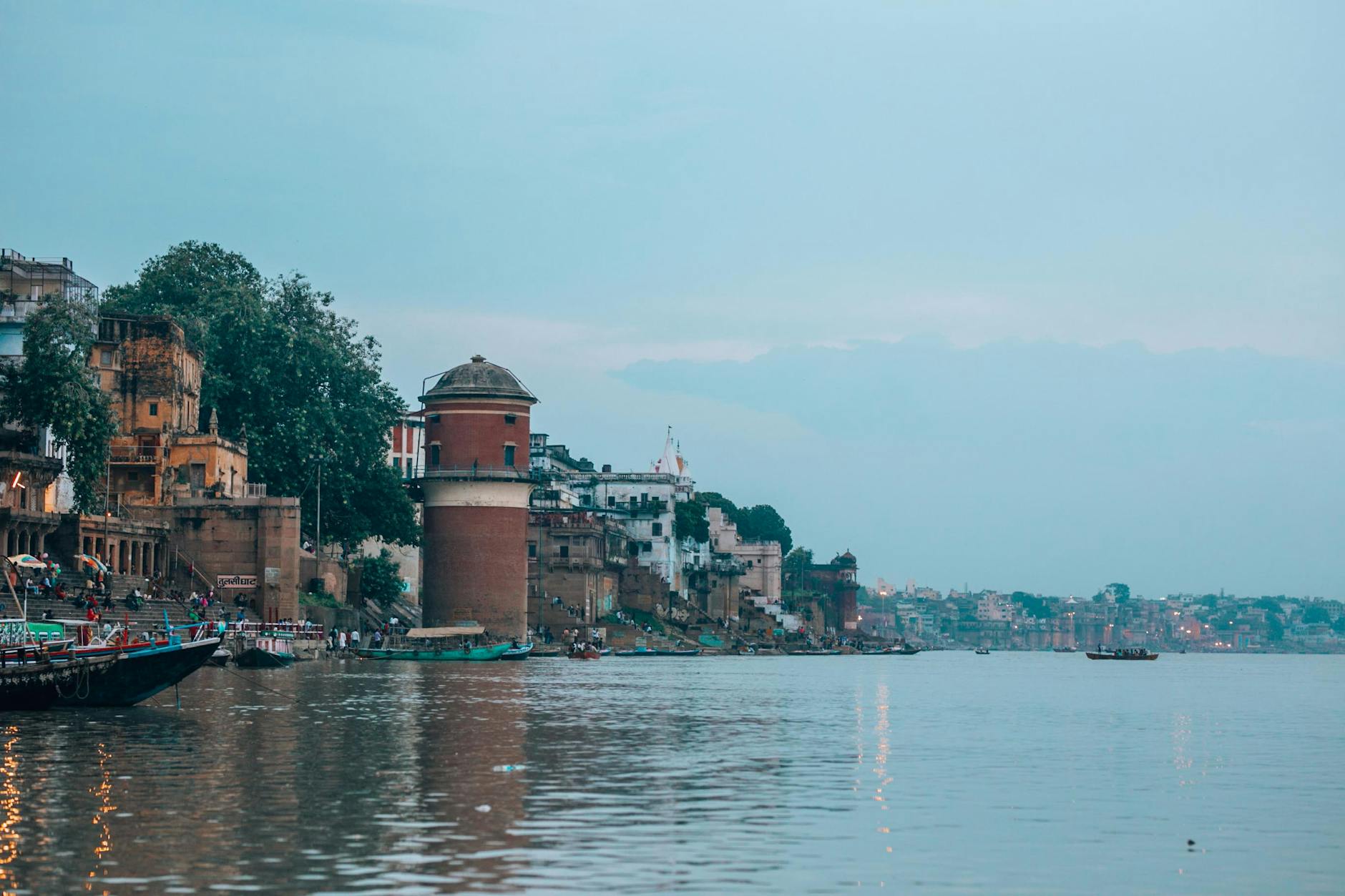Mahesh Dharne from the CSIR National Chemical Laboratory in India presented at London Calling 2019. The session’s title was “Metagenomics of India’s largest River Ganges confluence at Prayagraj, India using MinION sequencing.” The Ganges is the largest river in India and third in the world. With this program, the research team is mapping the metagenomes in the tributaries of the River Ganges. The river is very important in India: mass bathing and drinking are part of social and religious rituals. Dharne played a two-minute video depicting aerial scenes from the river and banks full of people. The river Ganges has an origin that has been studied. Dharne’s work is part of an initiative to learn about the special properties of the River Ganges. This project includes chemical, toxicity, flora, fauna, and microbiome properties. Several lab groups are involved in sample collection, isolate characterization, bacteriophage isolation, and metagenomics. Dharne explained that they collected water and sediment samples in 2017 for total microbial DNA extraction. Bacterial, archaeal and fungal diversity was assessed. Interestingly, the metavirome analysis showed that the River Ganges has a “unique viral diversity” that could account for the “non putrefying” property of the river. The team also analyzed functional profiles of the bacterial and viral diversity. The antibiotic resistome was analyzed. Together, these analyses are helping understand the unique features of this river and its resilience.



